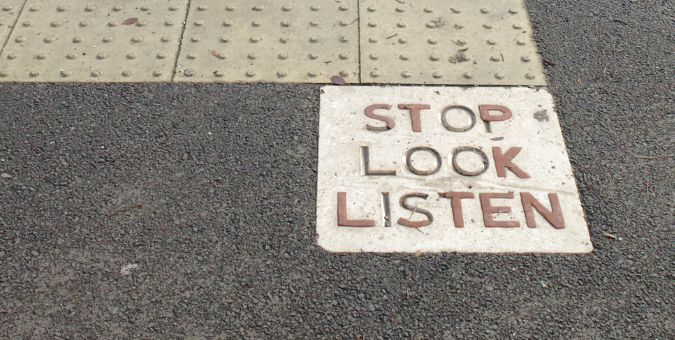
Under rules in the new Highway Code, pedestrians are classed as the most vulnerable road user. What do these changes mean for you as a pedestrian, and for everyone else that has to share the road with you?
The biggest change is your classification as the most vulnerable kind of road user. This means all other road users must take your safety into account when they are travelling. It’s a right that is open to abuse, as we could potentially see pedestrians behaving dangerously under the mistaken belief that they can now do whatever they like on the road. This isn’t the case, as the main rule of the Highway Code remains that all road users must take responsibility for their own safety.
In fact, as the new changes come into force and are applied on the roads for the first time, road users need to be more vigilant than ever, as the gap between those who are and aren’t aware of the changes is slowly removed.
What are new Highway Code rules for pedestrians?
The starting point of this new version of the Highway Code is that it has created a hierarchy of road users which gives priority to the most vulnerable road users, with pedestrians as those most vulnerable. Horse riders, cyclists, motorbikes, cars, vans and lorries, who can do greater harm on the road, have a higher level of responsibility to reduce danger.
Drivers must give way to pedestrians crossing at a junction
The key new rule for pedestrians to know is that drivers, motorcyclists, cyclists and horse riders now must give way to them when they are crossing or waiting to cross a road into which or from which the traffic is turning.
If you as a pedestrian know this but the driver does not, or doesn’t apply the new rule, you could potentially be hit by their vehicle. The diagram below shows how this works:
How to stay safe when crossing at a junction
Make sure you’re following the Green Cross Code, looking both ways before crossing and being as visible as possible. Try to make eye contact with the driver so they know you’re there, and if you’re not sure it’s safe, don’t take the risk.
Cycle tracks
Cyclists should give way to pedestrians on shared use cycle tracks and slow down and ring their bell to alert you of their presence. If there is a white line differentiating the pedestrian and cycling parts of the track, the cyclist must stay on their designated side.
Again, unless both you and the cyclist are aware of the change in rules, as a pedestrian you may find yourself in increased danger.
How to stay safe on a cycle track
Ideally, wear something bright so that cyclists can easily see where you are. If there is a designated pedestrian part of the track, make sure you stay in it, and consider the risks of wearing items like noise-cancelling headphones, which may stop you hearing the warning bells.
Using a zebra crossing
Pedestrians have right of way on a zebra crossing and on a parallel crossing. This can often be misinterpreted when there is a vehicle approaching a crossing and a pedestrian waiting to cross, leading to accidents.
How to stay safe when using a Zebra Crossing
Wait until the vehicle has clearly stopped before beginning to cross the road, rather than stepping out in front. Making eye contact with the driver can also help you to be aware of their intentions.
Walking in the road
There now needs to be at least 2 metres space where a pedestrian is walking in the road (e.g., where there is no pavement) and any vehicles should pass you at low speed.
This makes sense but doesn’t mean you can take less care when walking in the road.
How to stay safe when walking in the road
The fundamental rule of the Highway Code remains taking responsibility for your own road safety. Keep an awareness of the traffic around you, wear something bright or have a bag with reflectors, and avoid distractions like looking at mobile phones.
What’s next following Highway Code changes?
What is really required now is for all road users to understand and allow the changes to really make a difference to safety on the roads. When any rules change or there is any change to the way people have to act or behave, it takes time to adapt. The concern with changes affecting pedestrians on the road is that as the most vulnerable road user, an accident could potentially result in life-changing injuries. As ever, it’s better to be safe than sorry.



















